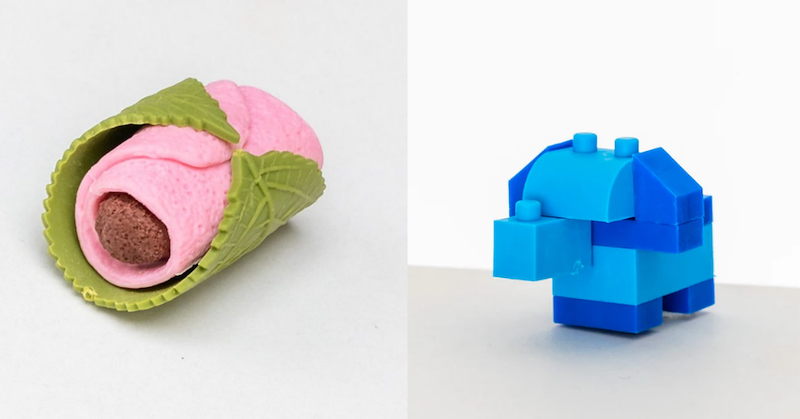Blog
Top Tags
tips & guides
|
Japanese culture
|
reviews & rankings
|
writing tools
|
planners & journaling
|
art & craft
|
creative ideas
|
notebooks & paper
|
stickers & tapes
|
brands & makers
|
Featured Article
Make your work easier with those Japanese office supplies!
Discover the stationery that keeps ZenPop’s Yin Chi inspired—from her trusty Jetstream pen to her ROLLBAHN case and Hobonichi planner. Simple, practical tools for a mindful desk.
Discover COCHAE, a Japanese design unit exploring “designing play” through origami, packaging, toys, and paper-based creativity.
There’s no single correct way to journal. Explore different journaling styles, learn which one suits you, and find a simple way to start writing today.
A complete guide to Bungu Joshi Award winners from 2023–2025. Explore fan-voted Japanese stationery award items and trends in modern bungu.
A cozy end-of-year letter from the ZenPop team. Thank you for another year of stationery joy, community, and creativity. Happy Holidays & see you in 2026 ♡
Explore the stationery and craft tools used by designer Motoyama Maho — from tape dispensers to precision tweezers. A look into the quiet, meticulous world of paper making.
Discover the best Japanese journal accessories and templates from Midori and Kutsuwa. Elegant, practical tools for journaling, planning, and creative layouts.
Learn how to draw a kawaii character using simple shapes, cute faces, chibi proportions, and pastel colors. Easy cute drawing steps + ideas.
Discover the best multicolor writing tools—from Jetstream multi pens and FriXion’s improved erasable ink to Pentel Art Multi pencils for creative work.
Discover the cutest Japanese erasers—from Iwako food sets to Sumikko Gurashi, sushi, cherry blossom, and Hello Kitty designs to brighten any pencil case.











